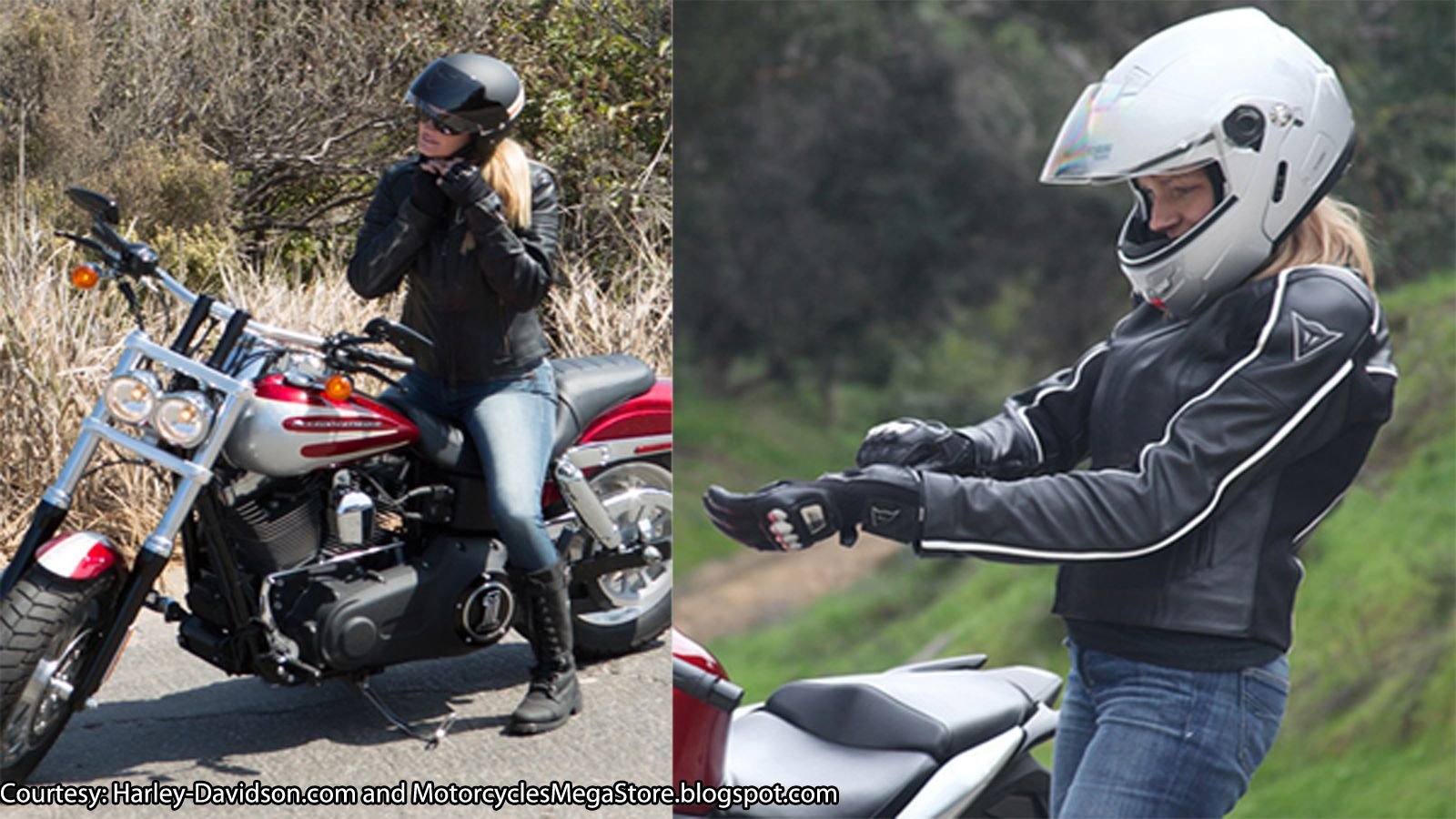7 Tips to Ride Your Harley Safely














1. Wear a Helmet
Helmets protect your head during accidents, and the by protecting you from wind and debris, might prevent you from having one. Wearing a helmet is the law in 19 states, plus Washington D.C., for all riders, while 28 other states require helmets only on riders 17 and younger. Illinois, Iowa and New Hampshire are the only states that don't have a motorcycle helmet law. To know what your state requires, click here. Even if you weren't required by law, why wouldn't you want to protect your head? You can look cool riding your Harley with the choice of one of these unique helmets.
2. Anticipate
You should always be on the guard. In the military they call it situational awareness, which means knowing what is around you and where/how it is moving so you can react almost before something happens. This means paying attention to other drivers and anticipating their mistakes. Drivers might be careless and often are not expecting motorcycle riders, because they maneuver differently than the rest of traffic. You need to be watching out for yourself and avoid getting in their blind spots. It is also a good idea to keep adequate space around you, which will help when a cager decides to change lanes without looking first, which they always seem to do.
3. Take (or Retake) a Safety Course
When starting out it is a good idea to take a motorcycle safety course. While the law requiring such classes varies by states, it is a good thing to have under your belt. Beginners will learn how to maneuver and handle a bike in a safe environment. Best of all, if and when you do drop it, it is someone else's beater getting dropped, not your shiny new bike. While there are basic courses for beginners, which teach them how to operate a motorcycle, there are also more advanced courses that teach the skills to maneuver and avoid risky situations on the road. Motorcycle cops have to take training every few years, you could probably use the practice too.
4. Check Your Bike
A big part of staying safe on the road is making sure your bike is up for the ride ahead. Doing a regular maintenance check will limit any kind of surprises. Part of this check list should include the condition and PSI of your tires, brake function, wear and fluid condition, headlights and taillights' bulb function, making sure your windshield (if you have one) is clean and clear, etc. Harleys vibrate, a lot, though you may not feel it if your motor is rubber mounted, but you should periodically check important bolts to make sure they are tight. Also, park the bike in a clean parking spot and check for fluid leaks occasionally.
For more information on DIY maintenance, check out our how-to section here.
5. Night vs Day Riding
Riding at night is very different from riding during the day. For one thing, you can't see as well, and drivers will have a hard time seeing you. Hazardous obstacles, like potholes, that can be clearly seen in the day are harder to avoid when you ride at night. It is critical to make sure your headlights and taillights are in working order and are clean from anything that can otherwise obstruct the light source, so you can see trouble before it is too late, and so people can see you. You want to see and be seen. If you do a lot of nighttime driving, consider upgrading your lights to something brighter, or add auxiliary lighting. The new LED lighting uses much less power than old style halogen bulbs, and puts out more light too, plus they can be small enough to blend into the style of any bike.
For more information on riding safely at night, check out How to Ride at Night.
6. Wear the Right Gear
We've already talked about wearing a helmet, but there are other areas of your body to protect as well. Gloves, eye protection, abrasion resistant leather clothes (or specialized motorcycle gear), and boots are a must when going out for a ride. Not only will gloves protect some of your most delicate, most sensitive parts in the event of a fall, they protect your hands from bugs, rocks and other hazards that might hit you and cause a fall. Proper eye protection is even more important as a preventative measure; many times a rider has almost lost it because of a bug in the eye. Wearing the proper shoes is essential for your comfort and control as well. If, let's just say, you decide to wear flip flops, remember that you will need to shift gears and your feet will be near the hot engine. That is discomfort, and possibly danger, that you can easily avoid. Remember, riding a bike puts you out in the open, which makes you the target of fast, flying rocks, bugs and whatever. Wearing the right gear will protect you from that even if you never crash.
7. Don't Get Distracted
Limit the use of anything that can distract you, even the new easy to use infotainment system on the latest baggers. As stated before, YOU need to watch out for other drivers because they won't be watching out for you. You are more in danger than the person surrounded by a steel cage, and the distracted state of most drivers means they are even less likely to see a motorcycle. Every driver should avoid distractions, but riding a motorcycle make you responsible for your own safety and requires you to be aware of what is happening around you, always. You ride a bike to get away from it all and be free, don't even think about checking your phone until you get where you are going.

